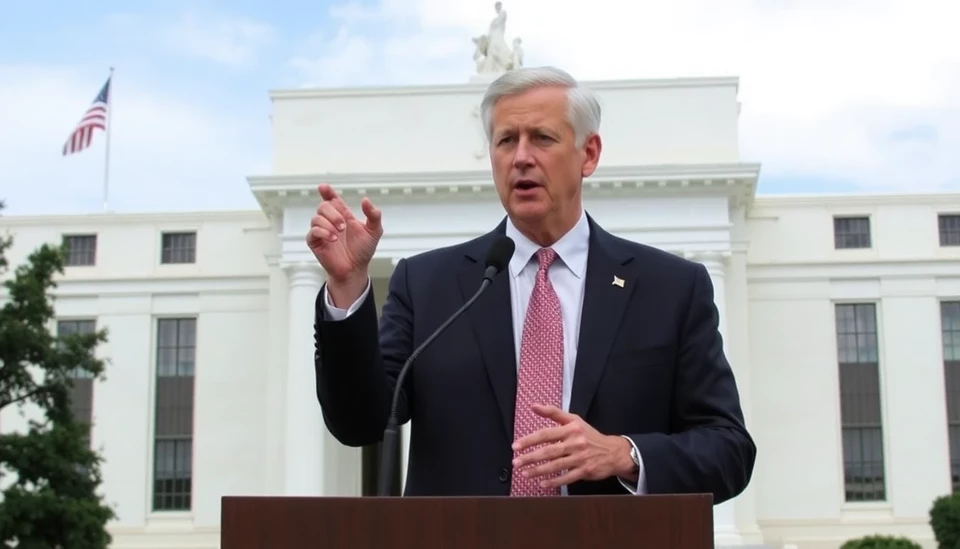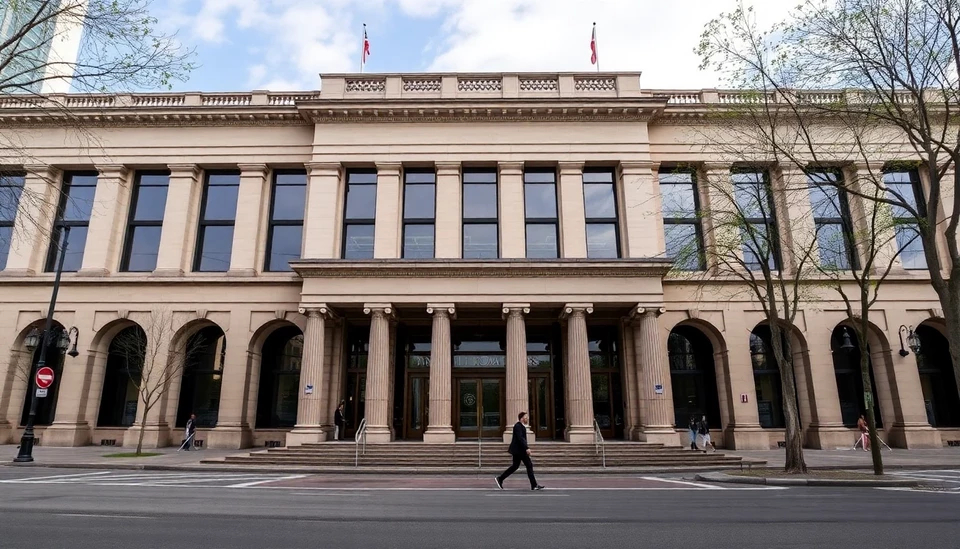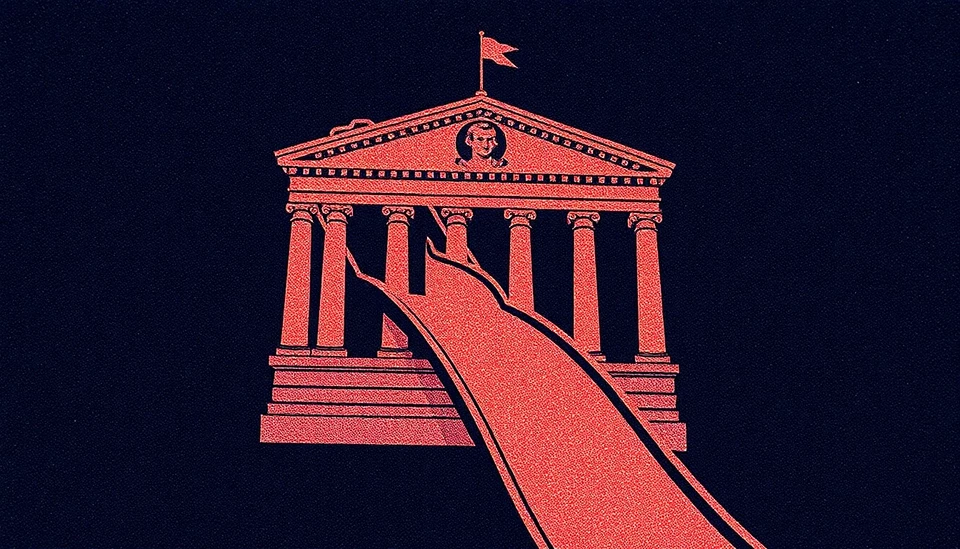
Recent data released regarding consumer pricing in the United States has sparked concerns among economists that the nation may be facing a stall in its progress toward controlling inflation. The latest statistics suggest that consumer prices have remained unexpectedly flat, raising questions about the effectiveness of the Federal Reserve's aggressive strategies to curb rising costs.
In October, the Consumer Price Index (CPI) reported a modest increase of just 0.1% for the month, the lowest rate observed in several months. This figure aligns with the overall trend of diminishing inflationary pressures that had characterized the economy earlier in the year. Economists had anticipated a slightly higher jump, predicting a 0.3% increase, which would traditionally reflect ongoing economic recovery. The stagnant growth in prices suggests that consumers are holding back on spending, a crucial element for driving economic growth.
Year-on-year data shows that the inflation rate has dropped to 3.2%, a significant decrease from the peaks observed in previous years. However, with the recent flatlining in monthly increases, questions loom over whether the U.S. economy will be able to maintain its progress in inflation reduction or if a renewed surge in prices is on the horizon.
Federal Reserve officials have been closely observing these developments, as the data also conveys potential implications for interest rate decisions in the following months. With inflationary trends appearing to stall, there may be increased pressure on policymakers to either maintain current interest rates or even consider further adjustments to stimulate economic activity.
Furthermore, specific sectors are experiencing diverging trends. Energy prices showcased a notable decline, contributing to the overall easing of inflation; however, food prices continue to present a contrast, with increases driven by factors such as supply chain disruptions and weather-related impacts. These disparities emphasize the complexity of the current economic landscape and the multifaceted nature of inflation dynamics.
As debate surrounding the effectiveness of Federal Reserve policies intensifies, analysts urge caution. A defensive approach is recommended, as premature optimism could lead to heightened risk should inflation resurge unexpectedly. With consumers remaining wary and global economic conditions uncertain, the path forward remains intricate and unpredictable.
Market analysts and investors will be keeping a close eye on upcoming economic indicators, including retail sales data and employment statistics, which may provide additional insight into consumer behavior and overall economic health. The outcomes of these reports will be critical in shaping expectations regarding the Fed's next moves and consumer confidence in the market.
In conclusion, while the reduction in inflation rates is a positive sign, the latest consumer price data indicates that the U.S. economy may be at a crossroads. With signs of stagnation emerging, the Federal Reserve will need to navigate these challenges carefully to avoid jeopardizing the progress made thus far. The coming months promise to be pivotal for the trajectory of inflation and economic stability in the nation.
#Inflation #EconomicTrends #ConsumerPrices #FederalReserve #USEconomy
Author: Rachel Greene




